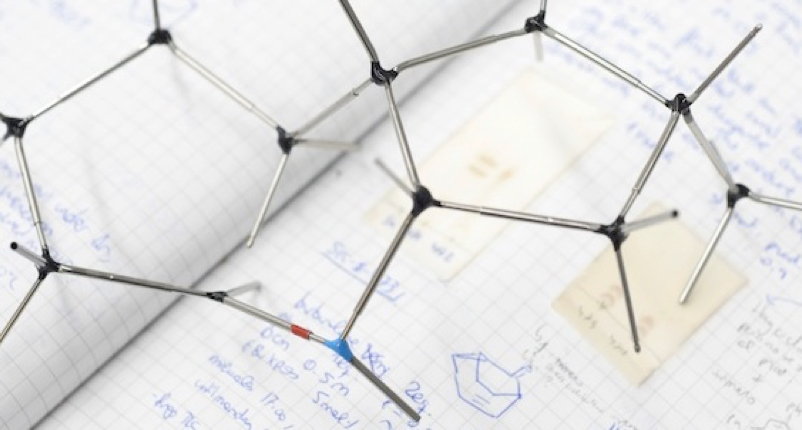Computational Characterization of the Mechanism for the Oxidative Coupling of Benzoic Acid and Alkynes by Rhodium/Copper and Rhodium/Silver Systems
DFT calculations were applied to study the oxidative coupling between benzoic acid and 1‐phenyl‐1‐propyne catalyzed by [CpRhCl2]2 (Cp=cyclopentadienyl) by using either Cu(OAc)2(H2O) or Ag(OAc) as the terminal oxidant, a process that has been experimentally shown to have subtleties related to regioselectivity (placement of the phenyl substituent of the alkyne in the isocoumarin product) and chemoselectivity (isocoumarin or naphthalene derivatives). Calculations reproduced the experimental results and showed the involvement of the oxidant throughout the catalytic cycle. The regioselectivity was found to be decided in the alkyne insertion step, in particular by the relative arrangement of the two phenyl groups. The high chemoselectivity towards isocoumarin associated to Cu(OAc)2(H2O) could be explained by the fact that the copper moiety blocks the CO2 extrusion pathway, which would lead to naphthalene derivatives, something that does not happen if Ag(OAc) is used.

I. Funes‐Ardoiz, F. Maseras
Chem. Eur. J 2018, (24), 12383-12388
DOI:
10.1002/chem.201800627

Let's create a brighter future
Join our team to work with renowned researchers, tackle groundbreaking
projects and contribute to meaningful scientific advancements



















